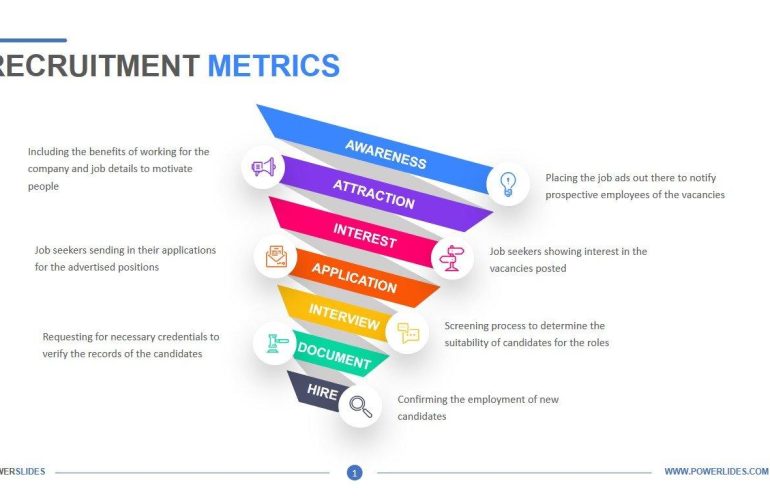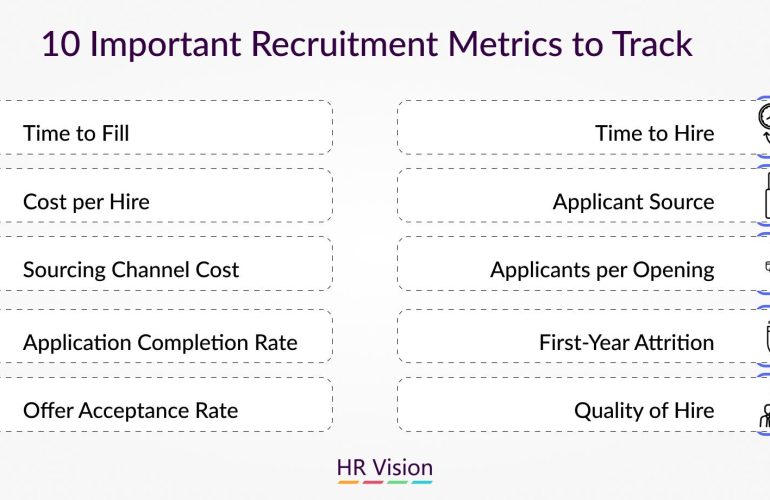In today’s competitive hiring landscape, finding the right talent goes beyond assessing skills and qualifications; it also requires a deep understanding of cultural fit within an organization. As businesses strive to build diverse and cohesive teams, recruiters face the challenge of identifying candidates who not only possess the technical expertise but also align with the company’s values, mission, and social dynamics. Evaluating cultural fit is not merely a subjective endeavor; it necessitates strategic approaches and thoughtful methodologies to ensure long-term success and employee satisfaction. This article delves into key strategies for recruiters to effectively assess cultural fit during the recruitment process, providing actionable insights to foster a harmonious workplace ecosystem and drive organizational performance.
Table of Contents
- Understanding Cultural Fit and Its Importance in Recruitment
- Assessing Values and Behaviors: Tools for Effective Evaluation
- Incorporating Team Dynamics into Cultural Fit Assessments
- Developing Structured Interview Techniques for Cultural Compatibility
- Final Thoughts
Understanding Cultural Fit and Its Importance in Recruitment
Understanding the concept of cultural fit is crucial for recruiters aiming to build cohesive, high-performing teams. Cultural fit refers to the alignment between an individual’s values, beliefs, and behaviors and those of the organization. It goes beyond mere qualifications and experience, emphasizing the importance of shared norms and practices, which can significantly influence employee satisfaction and retention. Recruiters should recognize that hiring for cultural fit can lead to enhanced collaboration, improved morale, and a stronger commitment to the organization’s mission. It’s essential to evaluate not just if a candidate can perform the job, but if they will thrive within the company’s unique environment.
To effectively assess cultural fit, recruiters can adopt a variety of strategies, including:
- Behavioral Interviews: Use targeted questions that explore past experiences and how candidates responded to specific situations.
- Team Involvement: Involve existing team members in the interview process to gauge compatibility and facilitate smoother integration.
- Company Values Assessment: Present candidates with the organization’s core values and ask how they resonate with these principles.
| Evaluation Criteria | Description |
|---|---|
| Adaptability | The ability to embrace change and thrive in a dynamic environment. |
| Collaboration | Willingness to work effectively with others to achieve common goals. |
| Integrity | Commitment to honesty and ethical behavior in all actions. |
Assessing Values and Behaviors: Tools for Effective Evaluation
To effectively evaluate cultural fit during the recruitment process, utilizing various assessment tools can significantly enhance your approach. Consider implementing structured interviews that focus on behavioral questions aimed at revealing a candidate’s alignment with your organization’s core values. Additionally, using personality assessments can provide insight into how an applicant’s traits correspond with the company culture. These tools not only help in identifying potential hires who will thrive in your environment but also assist in reducing turnover by ensuring a deeper connection right from the start.
Another valuable strategy involves integrating work sample tests and simulations into your evaluation process. These methods allow candidates to demonstrate their competencies and values in action, providing a clearer picture of how they may contribute to the team dynamics. Moreover, it’s essential to foster a dialog with candidates regarding the company culture. By discussing your organization’s mission and values, you can gauge their reactions and commitment. This exchange can reveal crucial information about their motivations and aspirations, enabling a more holistic view of their cultural fit within your organization.
Incorporating Team Dynamics into Cultural Fit Assessments
To effectively assess a candidate’s alignment with an organization’s culture, it’s essential to consider the dynamics of the existing teams. A successful integration goes beyond individual attributes, focusing on how a new hire will interact with their peers. Understanding team dynamics involves recognizing various roles, communication styles, and behavioral patterns that contribute to a cohesive workplace environment. Recruiters should explore attributes like:
- Collaboration Skills: How does the candidate work with others?
- Conflict Resolution: What strategies do they employ to navigate disagreements?
- Adaptability: How flexible is the candidate in responding to team needs?
Utilizing structured team assessments during the hiring process can offer insights into how well potential employees will mesh with their colleagues. Consider implementing a multi-step interview system where current team members participate, ensuring they gauge the candidate’s compatibility and shared values. This collaborative approach allows for collecting diverse perspectives and providing a comprehensive evaluation of potential fit within the team’s culture. A useful framework for this assessment could be represented in the following table:
| Team Dynamics Factor | Assessment Method |
|---|---|
| Interpersonal Skills | Behavioral Interviews |
| Team Contribution | Group Exercises |
| Shared Values | Culture Fit Surveys |
Developing Structured Interview Techniques for Cultural Compatibility
Structured interviews are essential tools for assessing cultural compatibility during the recruitment process. By implementing a consistent framework, recruiters can maintain objectivity and ensure that evaluations are based on relevant criteria. Key elements of structured interviews include:
- Standardized questions that align with company values and culture.
- Behavioral-based inquiries that elicit specific examples of past actions and decision-making.
- Uniform scoring systems to facilitate comparison among candidates.
Furthermore, incorporating cultural assessment into the interview process can yield insightful data regarding a candidate’s fit within the team and organizational ecosystem. To achieve this, it’s beneficial to design interview rubrics that reflect core company values. Utilizing interview panels composed of diverse team members can also provide a broader perspective on candidate suitability. An effective rubric may include:
| Criteria | Description | Scoring |
|---|---|---|
| Team Collaboration | Ability to work effectively within a team environment. | 1-5 scale |
| Adaptability | Willingness to embrace change and new ideas. | 1-5 scale |
| Communication Style | Clarity and effectiveness in conveying ideas. | 1-5 scale |
Final Thoughts
evaluating cultural fit is a critical component of the recruitment process that extends beyond traditional qualifications and skills assessment. By employing targeted strategies such as structured interviews, behavioral assessments, and peer interactions, recruiters can gain deeper insights into a candidate’s compatibility with the organization’s values and work environment. Emphasizing cultural fit not only enhances employee satisfaction and retention but also fosters a cohesive workplace culture that drives overall success. As the landscape of talent acquisition continues to evolve, incorporating these strategies will position your organization to attract and retain individuals who not only meet the technical demands of the role but also contribute positively to your company’s ethos. As recruiters, your commitment to understanding and implementing cultural fit practices will ultimately shape the future of your workforce, ensuring that it thrives in alignment with your organizational goals.






